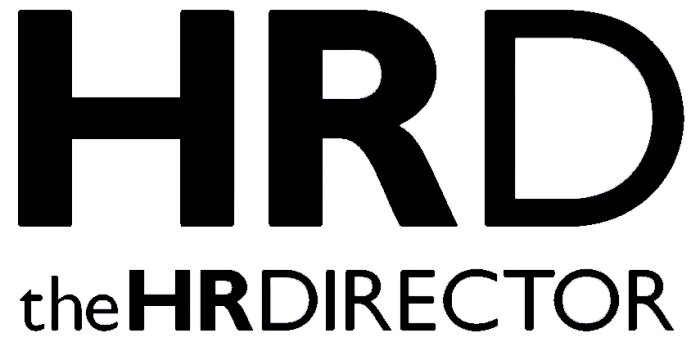We talk a lot about modern leadership—about being open, transparent, purpose-led, socially aware, and environmentally conscious. About leading with values, lifting others, and creating psychologically safe workplaces. And yet, in far too many organisations, the old school behaviours persist. The hero leaders. The information hoarders. The ones who manage up and throw their teams under the bus. It begs the question: if we know better, why does this still happen?
The Rise of Modern Leadership (and What It Actually Looks Like)
Modern leadership isn’t about charisma or command. It’s about clarity, accountability, inclusion, and integrity. It’s about aligning to purpose, building trust, communicating transparently, and creating environments where people feel seen and valued. It’s being able to hold tension—between performance and empathy, commercial outcomes and social responsibility.
It’s also recognising that influence today is earned, not imposed. Employees want to work for people who care—about the work, the team, and the world around them.
The Persistence of Outdated Styles
And yet—despite all the research, training, and public discourse—we still see outdated leadership models tolerated or even rewarded.
>The ones who withhold information as power.
>The ones who play favourites, shift blame, and hide behind their title.
>The ones who show up as the “saviour” but leave chaos in their wake.
>The ones who demand loyalty but give none in return.
Sometimes these leaders deliver short-term results. Sometimes they’ve been around so long they’ve become “part of the furniture.” And sometimes, they simply know how to navigate the system better than they know how to lead people.
Red Flags We Don’t Talk About Enough
There are patterns that signal unhealthy leadership cultures—and yet we excuse or ignore them far too often. High turnover, passive-aggressive communication, fear-based compliance, team silos, performance inconsistencies, burnout without recognition.
Sometimes these leaders aren’t overtly toxic. But they erode trust in more subtle ways—omitting information, avoiding accountability, playing politics, or acting only in their own self-interest.
Why People Stay (Even When Their Leader Is the Problem)
The harder truth is this: people often stay even when their leader is poor. Sometimes it’s because they love the work or feel loyal to their team. Sometimes they’re afraid of what’s next. Sometimes they’ve normalised dysfunction—especially if it’s masked by perks, flexibility, or a strong external brand.
And then there’s the high-performers—the quiet achievers who hold everything together, delivering despite their environment. They stay for a while, until they don’t. And by the time they go, the damage is done. They rarely make noise. They just leave—and take capability, credibility, and culture with them.
The Leadership Audit Every Organisation Needs
Modern businesses should be asking tough questions.
>Are we rewarding the right behaviours?
>Are our leaders building trust—or eroding it?
>Are we developing leaders who lift others—or ones who shine at others’ expense?
>And when we see red flags, do we intervene—or protect the status quo?
Leadership isn’t just about results anymore. It’s about how those results are achieved, sustained, and experienced.
The Cost of Looking the Other Way
In today’s workforce, poor leadership isn’t just unpleasant—it’s a liability. It undermines culture, destroys retention, and sabotages engagement. It flies in the face of everything we say we value.
The real challenge? These leaders often excel at managing up. They present well in meetings, know how to speak the right language, and deliver just enough to fly under the radar. But underneath, trust is eroding. Talent is disengaging. And performance is quietly suffering.
Boards and CEOs can’t rely solely on upward reporting. To uncover what’s really happening, they need to follow the threads—review engagement data, commission independent cultural reviews, invest in 360-degree feedback, and regularly walk the floor. Skip-level meetings, where executives speak directly with the teams that report to their leaders, can be one of the most revealing tools available.
Leadership is no longer just about optics or outcomes. It’s about integrity, influence, and the culture left behind. If we want modern workplaces to thrive, we need modern leaders to lead them—and the courage to act when that’s not what we find.







